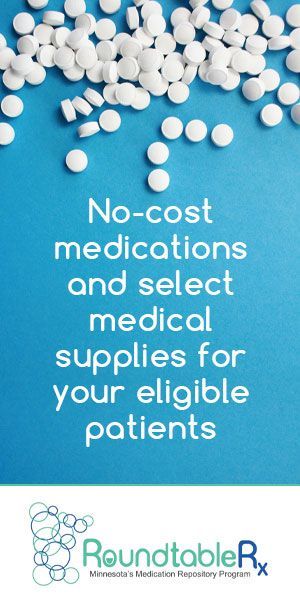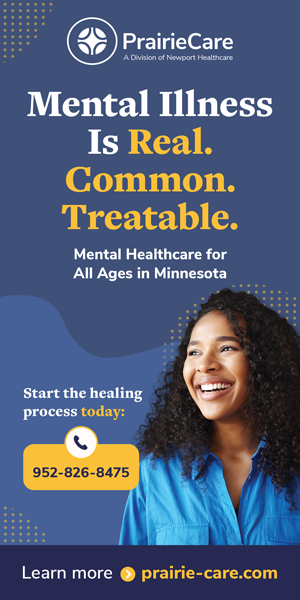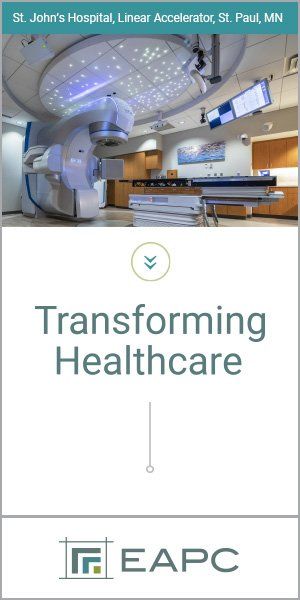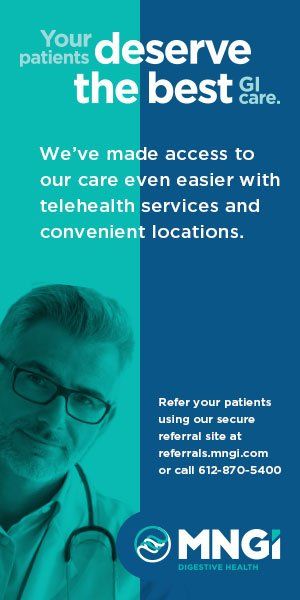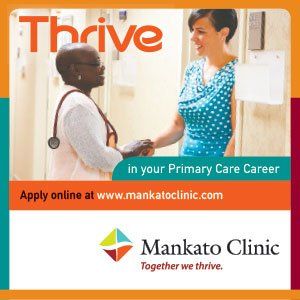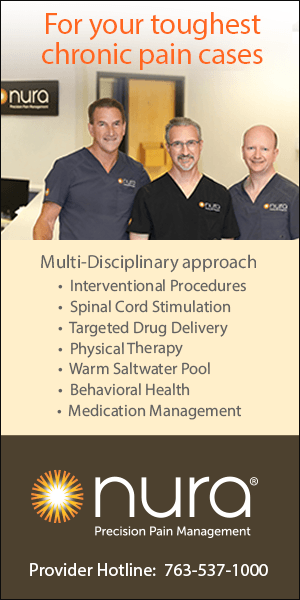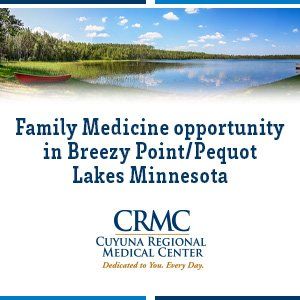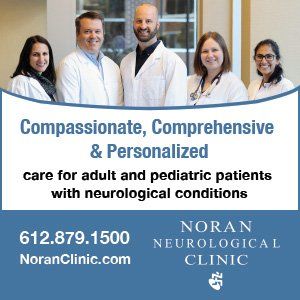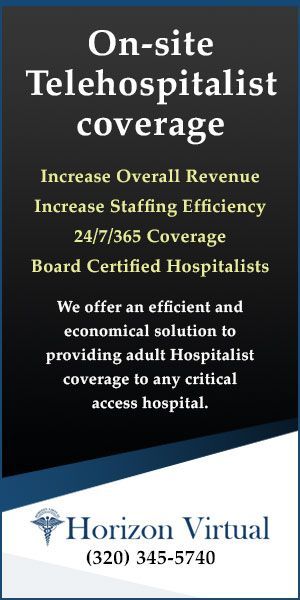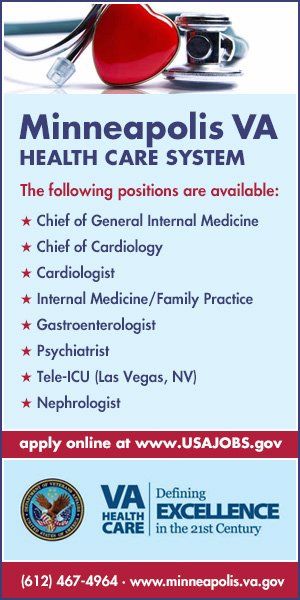accines remain one of the greatest public health achievements of our time. Although most Americans support routine immunizations, the rise of falsehoods, politicization and distrust has made vaccine conversations increasingly difficult. Today’s health care providers are navigating more questions, more skepticism and more uncertainty than ever before.
Public Health
Closing the Gap
Strengthening HPV Vaccine Confidence
BY Lauren Dybsand, MPH; Kylie Hall, MPH; Maeve Williams; and Tracie Newman, MD, MPH
In the wake of the COVID-19 pandemic, progress toward increasing adolescents vaccinated against HPV in the U.S. has slowed. Despite nearly two decades of robust data demonstrating that HPV vaccines are both safe and highly effective, HPV vaccination rates remain suboptimal, highlighting an ongoing challenge to reach national vaccination goals.
In Minnesota, only 55% of 13-year-olds have initiated the HPV vaccine series, and just 29% have completed it. According to the Minnesota Department of Health (MDH), these low rates stand in stark contrast to higher uptake of school-required adolescent vaccines in the same cohort, such as Tdap (71.3%) and MenACWY (69.5%). The persistent gap in HPV vaccination points to missed opportunities for providers to recommend the HPV vaccine with the same consistency, confidence and urgency as they do for other adolescent immunizations.
Even when parents are open to vaccination, they often do not receive a clear and confident recommendation. A 2016 study found that many parents never received any recommendation for HPV vaccination, and when they did, it was often hesitant, unclear or delivered too late. Parents who received a high-quality recommendation were 10 times more likely to vaccinate their child. This underscores the pivotal role providers play in HPV vaccination efforts and the barriers they may face in fulfilling it.
Providers need support to engage in meaningful, effective vaccine conversations.
Challenges for Providers
Clinicians are busy, stretched and often asked to do more with less. Despite these challenges, health care providers are consistently shown to be the most trusted source of vaccine information for most Americans. This has held true before, during and after the COVID-19 pandemic. Yet many providers remain hesitant to initiate vaccine conversations — often due to fear of parental resistance, time constraints or underestimating how supportive parents actually are. Public polling, however, tells a different story: the vast majority of U.S. adults (91%) believe childhood vaccines are safe, and four in five support school vaccine requirements.
So, what’s really getting in the way? Often it comes down to confidence. Even experienced clinicians can feel uncertain about how to begin the conversation, what words to use or how to respond when a parent expresses hesitation.
One strategy that shows promise in addressing vaccine hesitancy is motivational interviewing (MI). MI is a patient-centered communication approach that has been increasingly explored in vaccine conversations, particularly around the HPV vaccine. Studies suggest that MI can help increase vaccine uptake by addressing hesitancy in a nonconfrontational, empathetic way. Rather than telling patients what to do, MI invites them to explore their own motivations and concerns, helping them arrive at informed, values-driven decisions. It’s a skill set that can be especially powerful for busy clinicians looking for brief, effective ways to engage.
A Peer-to-Peer Approach
In partnership with MDH, the North Dakota State University Center for Immunization Research and Education (CIRE) launched a new initiative in Minnesota from January through June 2025. The goal was to deliver short, practical and peer-led education sessions to providers, focused specifically on HPV vaccine conversations.
These sessions were presented in 25 clinics across the state, primarily those with lower HPV vaccination rates. More than 397 health care professionals participated, with sessions typically held over the lunch hour to reduce disruption to clinical flow.
A key component of the project was the use of local physician champions, also referred to as “VaxChamps,” to deliver educational sessions at local clinics. These trusted Minnesota clinicians, selected for their peer credibility, geographic reach, communication skills and passion for vaccination, received training in both content and delivery. The standardized presentation included information on HPV vaccine safety and efficacy, Minnesota-specific coverage rates and cancer burden, and communication strategies such as presumptive language, sandwiching and motivational interviewing. Case studies were also used to demonstrate real-world application of these tools. See the graphic for an overview of the key educational components related to communication that were included in each presentation.
The structure for visits was simple and included a 50-minute presentation followed by time for questions and answers and peer discussion. To improve attendance, the project offered a free meal, free continuing education credits, a Maintenance of Certification (MOC) point for the American Board of Pediatrics and a $25 stipend per participant.
Confidence Makes a Difference
One of the most compelling findings from the pre- and post-training surveys was the dramatic improvement in provider confidence after just a single session. Before the training, only 25% of participants (54 out of 212) felt moderately or very confident recommending the HPV vaccine to 9- and 10-year-olds. Afterward, that number tripled to 75% (210 out of 280). Confidence in talking to vaccine-hesitant parents saw an even greater shift, from just 11% (22 out of 212) to 80% (223 out of 280).
Some clinicians expressed dread at seeing vaccine-hesitant families.
These are not small changes. For a busy provider, increased confidence means being more likely to start the conversation, deliver a strong, clear recommendation and stay engaged when questions or hesitations arise. It means fewer missed opportunities, more meaningful interactions and ultimately more patients protected against HPV-related cancers. When patients hear the same confident message from multiple staff members across their care team, that consistency builds trust — one of the most powerful drivers of vaccine acceptance.
This aligns with previous research showing that strong, consistent messaging from confident providers is one of the most effective strategies for increasing vaccination rates. In past projects, some clinicians expressed dread at seeing vaccine-hesitant families on their schedules, anticipating conversations that were not only time-consuming but also emotionally taxing. In some cases, these encounters were avoided altogether. Equipping providers with clear, practical tools can shift this dynamic — helping them feel more prepared, more confident and more willing to engage. Building provider confidence enhances communication, fosters trust with families and ultimately can lead to higher vaccine uptake.
Participant feedback reinforced these findings. Nine out of 10 respondents in the post-training survey (244 out of 277) believed their strong vaccine recommendations would influence a patient’s decision to vaccinate. Most also reported they intended to use what they learned in their daily practice (255 out of 280) and would recommend the training to others (260 out of 279).
Many participants shared how the training helped them reframe their approach to HPV vaccine conversations, shifting from hesitant to proactive, from unsure to confident. Several said they planned to immediately apply the communication strategies they learned. As one provider put it, “This was a really great training session and very relevant to the work we do. Hoping we see an increase in our HPV vaccine numbers.”
The Power of the Whole Team
One key takeaway from the project was recognizing that vaccine conversations shouldn’t fall solely on providers. Although the original goal was to educate providers, over half of the attendees turned out to be nurses. Opening the sessions to all clinic staff led to stronger engagement and a more unified approach to vaccine communication. Everyone in the clinic, from providers, nurses, medical assistants, front desk staff to schedulers, plays a role in shaping vaccine acceptance. When all team members deliver the same message, such as, “Your child is due for three vaccines today, including protection from whooping cough, HPV cancers and meningitis,” families hear it as routine care — not a topic up for debate. This team-based approach ensures patients receive consistent, confident messaging about HPV vaccination throughout their entire visit.
Each staff member gained not only foundational knowledge about HPV and the vaccine, but also practical communication strategies to use in their specific roles. The inclusive format also gave staff at each clinic the opportunity to ask questions, raise concerns and learn directly from trusted local physicians, the VaxChamps, who brought both credibility and real-world experience to the conversation. This dynamic helped address providers’ questions, allowed for open dialogue and built team-wide confidence. As a result, clinics left the training better equipped to coordinate care, reinforce strong vaccine messaging at every touchpoint and foster a culture that supports vaccine acceptance.
The impact extended beyond the clinic staff who received the training. The physician VaxChamps were also deeply engaged and energized by the experience. All reported feeling confident in delivering the content, and many expressed interest in continuing vaccine-related education and outreach in partnership with CIRE. Their credibility, relatability and passion were critical to the project’s success, serving not only as educators but as champions of a team-based approach to vaccine confidence.
Real-World Limitations
Like any project, this initiative encountered several challenges. Recruiting clinics was occasionally difficult, with some clinics being hard to reach and scheduling visits proving complex due to the need to coordinate clinic availability, VaxChamp schedules and project travel. One of the greatest limitations was measuring the long-term impact of educational efforts. Although a four-week follow-up survey was developed, response rates have been low, largely because many clinic visits occurred during the final weeks of the project.
Still, the short-term impact was clear — higher confidence, positive feedback and strong interest in applying the tools. Even a single, well-structured session, when delivered by a trusted peer, can have a meaningful effect on provider behavior. Among those who completed the four-week follow-up survey, 82% (9 out of 11 respondents) said they often or sometimes use the communication techniques taught during the training in their clinical practice. Additionally, 73% (8 out of 11) reported feeling more confident when discussing vaccination with hesitant patients.
Final Thoughts
Improving vaccination rates isn’t about a single message or one-time training — it’s about building provider confidence, reinforcing consistent practices and supporting follow-through over time. Minnesota’s health care providers are among the most trusted voices in their communities. With the right tools and training, they can reduce missed opportunities, strengthen vaccine conversations and ultimately help prevent HPV-related cancers in future generations.
Every patient encounter is a chance to make a difference. Now more than ever, providers need support to engage in meaningful, effective vaccine conversations — grounded in empathy, clarity and compassion. Provider confidence is key. Projects like this not only deliver practical tools and peer-tested strategies but also help build the confidence clinicians need to navigate these often complex conversations. And the demand is clear: many participants asked for additional training on a range of vaccine topics, reinforcing the ongoing need for education and support.
By continuing to invest in evidence-based, provider-focused education, we can turn trusted relationships into action — protecting the health of Minnesotans for years to come.
Lauren Dybsand, MPH, is the assistant director.
Kylie Hall, MPH, is the operations director.
Tracie Newman, MD, MPH, is the medical director.
Maeve Williams is the vaccine education project manager.
All hold these positions with the North Dakota State University Center for Immunization Research and Education.
MORE STORIES IN THIS ISSUE
cover story one
Artificial Intelligence in Medical Practice: Something is finally working
By Ryan McFarland, MD
cover story two
Cancer Care in 2025: Where we came from, where we are going
















